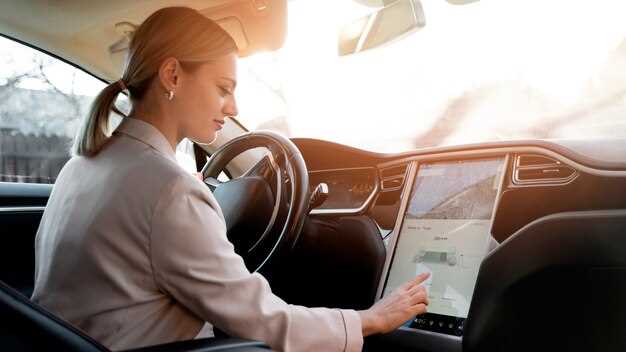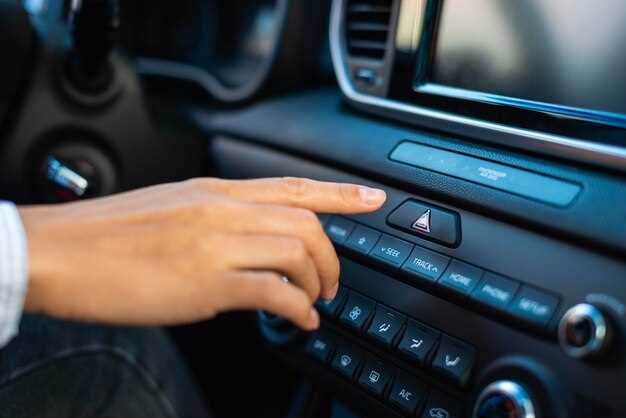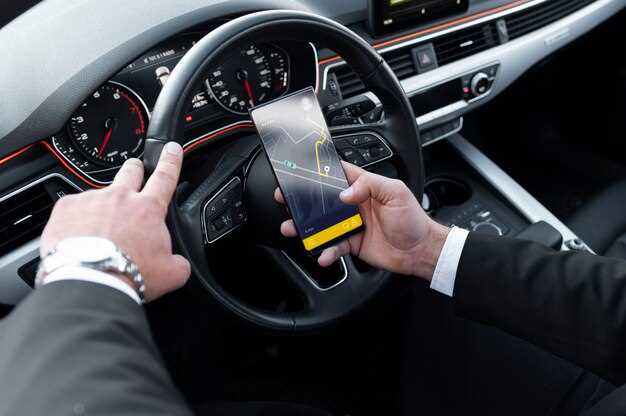
The automotive industry is undergoing a transformative shift, integrating advanced technologies that enhance both driver experience and safety. Among these innovations, gesture control technology has emerged as a significant development, allowing drivers to interact with their vehicle’s systems using simple hand movements. This interface not only reduces physical distractions but also fosters a more intuitive relationship between the driver and the car.
Gesture control technology leverages sophisticated sensors and software to interpret human motions, translating them into commands for infotainment systems, navigation, and vehicle settings. For instance, a driver can adjust the volume of music or accept phone calls without taking their eyes off the road. This hands-free interaction is a remarkable leap towards achieving a safer driving environment in an era marked by increasing connectivity and automation.
In addition to enhancing convenience, gesture control systems are also designed to be user-friendly, accommodating a range of gestures that can be easily learned. As modern vehicles become more complex, the ability to control various functions with minimal physical effort represents a significant enhancement in user experience. Furthermore, as consumer demand for seamless integration of technology continues to grow, gesture control is likely to become a standard feature in future automotive designs.
How Gesture Control Enhances Driver Safety and Convenience
Gesture control technology significantly enhances driver safety by minimizing distractions associated with traditional interaction methods. Instead of taking their hands off the wheel or their eyes off the road to adjust settings, drivers can perform simple hand movements to execute commands. This capability allows for seamless operation of essential functions such as navigation, music selection, and hands-free communication, all while maintaining focus on driving.
Moreover, gesture control systems are designed to respond to natural movements, making them intuitive and user-friendly. For example, a mere wave of the hand can dismiss an incoming call or adjust the audio volume, reducing the cognitive load on the driver. This ease of use supports better decision-making by allowing drivers to keep their attention on their surroundings rather than on complicated dashboards or controls.
Another advantage is the enhanced accessibility for drivers with disabilities. Gesture control can provide alternative methods for interacting with vehicle systems, accommodating various needs and promoting inclusivity. By integrating gesture recognition, automakers can offer a more versatile driving experience that serves a broader range of users.
Additionally, gesture control systems can improve vehicle safety by integrating with advanced driver-assistance systems (ADAS). For instance, gestures can be employed to activate safety features, such as lane departure warnings or collision avoidance systems, ensuring that these critical systems are readily accessible without disrupting the driving experience.
In summary, gesture control enhances driver safety and convenience by reducing distractions, supporting intuitive interactions, improving accessibility, and integrating with advanced safety technologies. These innovations not only create a more pleasant driving experience but also promote a safer environment on the road.
Key Components of Gesture Recognition in Vehicle Interfaces

Gesture recognition technology in modern automotive systems relies on several key components to ensure accurate and reliable performance. These components work in unison to interpret driver and passenger gestures, thereby enhancing user interaction with the vehicle’s interface.
One of the primary components is the sensor array, which typically includes cameras and depth sensors. Cameras can capture images of the gestures performed, while depth sensors add a third dimension by measuring the distance of the gestures from the sensor. This combination allows for precise identification of hand movements and positioning.
Another crucial element is the gesture recognition algorithm. These algorithms process the input received from the sensors, detecting and classifying gestures in real-time. They employ machine learning techniques to improve accuracy over time, adapting to individual user behaviors and minimizing false positives.
Additionally, the processing unit plays a vital role in gesture recognition systems. It compounds data from multiple sensors and runs the gesture recognition algorithms, ensuring the system can respond promptly. This unit is often integrated into the vehicle’s central processing system, allowing seamless interaction with other systems such as infotainment and climate control.
Feedback mechanisms are essential for user confirmation during gesture interactions. Tactile, visual, or auditory signals provide instant feedback to the user, validating that the system has recognized and executed the command correctly. This enhances user confidence and the overall driving experience.
Lastly, the user interface design aligns closely with gesture recognition technology. An intuitive interface that complements gesture controls can significantly impact usability. It includes on-screen indicators that guide users on how to perform gestures effectively, making the interaction more user-friendly.
Future Trends: Innovations in Gesture-Based Controls for Automotive Applications

The automotive industry is on the brink of a major transformation as gesture-based control technologies become increasingly integrated into vehicle systems. The future of these innovations is promising, driven by advancements in sensor technology, artificial intelligence, and user experience design.
Enhanced Sensing Capabilities will play a crucial role in the evolution of gesture controls. Future vehicles are expected to incorporate more sophisticated sensors, such as 3D cameras and infrared sensors, which will enable precise detection of hand movements, even in adverse conditions. This increased accuracy will allow for a wider range of gestures to be recognized, enhancing user interaction with the vehicle.
Personalization and Adaptability will also be a key trend. Users will have the ability to customize gesture settings according to their preferences, making vehicle controls more intuitive and user-friendly. Machine learning algorithms will analyze individual behavior over time, adjusting gesture responsiveness based on driver habits and preferences, ultimately creating a tailored driving experience.
Integration with Augmented Reality (AR) is another exciting avenue. Future automotive interfaces may utilize AR overlays to provide visual cues for gesture controls, guiding users through interactions and enhancing safety by reducing distractions. This integration will create a more immersive environment, where drivers can see real-time information projected onto their windshield or dashboard, responding to gestures seamlessly.
Safety Measures will be prioritized in the development of gesture control systems. As these technologies advance, programmers and engineers will emphasize the importance of minimizing driver distraction. Innovations may include proximity sensing that enables gesture controls only within a specific range or context-aware systems that deactivate gesture recognition when the vehicle is in critical driving situations.
Cross-Platform Compatibility will become increasingly important. Future gesture controls are expected to interact not just with the vehicle’s internal systems but also with external devices, such as smartphones and smart home systems. This interoperability will simplify user processes, allowing drivers to control music, navigation, and even connected home devices using simple gestures.
In conclusion, the future of gesture-based controls in automotive applications looks promising, fueled by innovations in technology and user-centric design. As these systems evolve, they will not only enhance the driving experience but also contribute to greater safety, personalization, and connectivity within modern vehicles.

